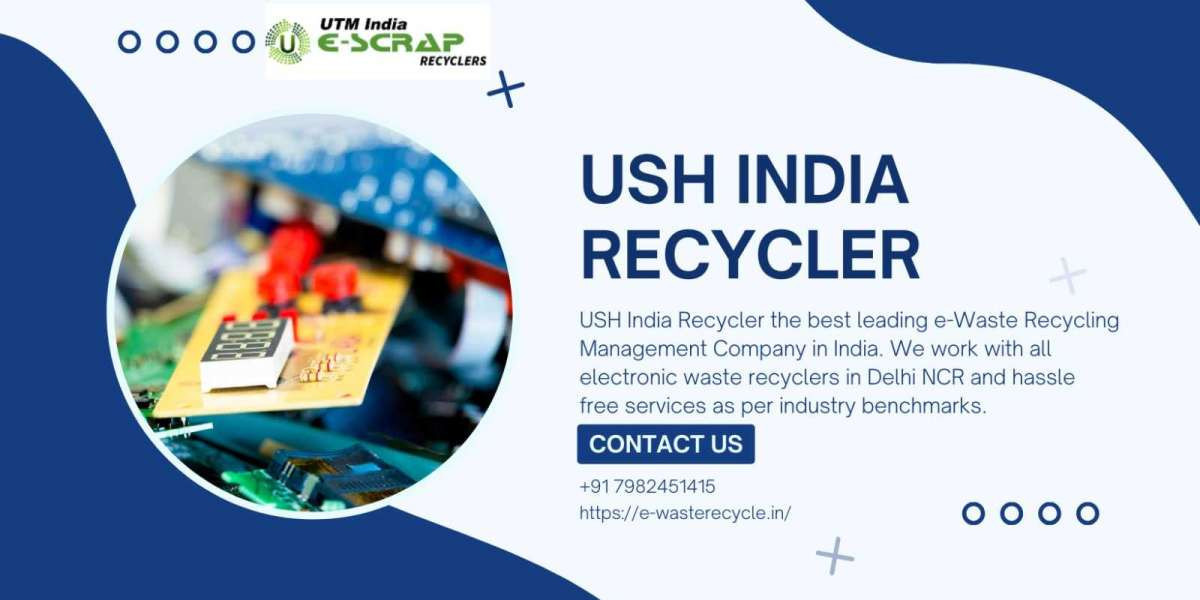In the rapidly evolving landscape of Information Technology (IT), organizations are constantly upgrading their hardware and software to stay competitive. However, the disposal of outdated IT assets poses a significant challenge. This is where IT Asset Disposal (ITAD) comes into play, encompassing the secure and environmentally responsible disposal of IT assets. In this article, we delve into the best practices for IT Asset Disposal, with a particular focus on Secure Data Destruction.
Understanding IT Asset Disposal
IT Asset Disposal involves the systematic and secure disposal of outdated or obsolete IT equipment. This encompasses a wide range of devices, including computers, servers, laptops, smartphones, and other electronic equipment. The disposal process is not only about getting rid of old hardware but also about managing the data stored on these devices responsibly.
The Importance of Secure Data Destruction
One of the key aspects of IT Asset Disposal is ensuring the secure destruction of data stored on devices. Failing to do so can expose sensitive information, leading to potential data breaches and legal ramifications. Here are some best practices for Secure Data Destruction:
1. Data Inventory and Classification
Before initiating the disposal process, conduct a thorough inventory of all data stored on the devices slated for disposal. Classify the data based on sensitivity and confidentiality. This step is crucial in determining the level of security required for data destruction.
2. Choose a Certified ITAD Provider
Selecting a reputable and certified IT Asset Disposal provider is paramount. Look for certifications such as R2 (Responsible Recycling) and e-Stewards, which ensure that the provider adheres to the highest standards of environmental and data security practices.
3. Implement Data Sanitization Techniques
Data sanitization involves the complete and irreversible removal of data from storage devices. Common techniques include overwriting, degaussing, and physical destruction. Work with your ITAD provider to determine the most suitable method based on the type of devices and the sensitivity of the data.
4. Chain of Custody Documentation
Maintaining a clear chain of custody is essential in tracking the movement of devices from the point of collection to final disposition. This documentation ensures accountability and transparency throughout the ITAD process.
5. Environmental Responsibility
Choose an ITAD provider committed to environmentally responsible disposal practices. This includes recycling electronic waste in compliance with local and international regulations. Responsible disposal not only protects the environment but also enhances the reputation of your organization as a socially responsible entity.
Challenges in IT Asset Disposal
While the importance of IT Asset Disposal is clear, organizations often face challenges in implementing effective disposal strategies. Here are some common hurdles and how to overcome them:
1. Lack of Awareness
Many organizations underestimate the importance of proper IT Asset Disposal and Secure Data Destruction. Creating awareness among employees and stakeholders is crucial in fostering a culture of responsibility towards IT asset management.
2. Cost Concerns
Some organizations hesitate to invest in secure disposal methods due to perceived high costs. However, the potential costs associated with data breaches and regulatory fines far outweigh the investment in proper ITAD practices. Consider it an investment in protecting your organization's reputation and avoiding legal repercussions.
3. Complexity of Compliance
Navigating the complex landscape of data protection laws and environmental regulations can be challenging. Engage legal and compliance experts to ensure that your ITAD practices align with all relevant laws and regulations.
Conclusion
In the digital era, the secure and responsible disposal of IT assets is non-negotiable. IT Asset Disposal, when done right, not only protects sensitive information but also contributes to environmental sustainability. By following best practices, such as data inventory, choosing certified providers, implementing secure data destruction techniques, and addressing challenges proactively, organizations can navigate the complexities of ITAD with confidence. Embrace ITAD as an integral part of your IT lifecycle management, ensuring a seamless transition to newer technologies while safeguarding data and the environment.








